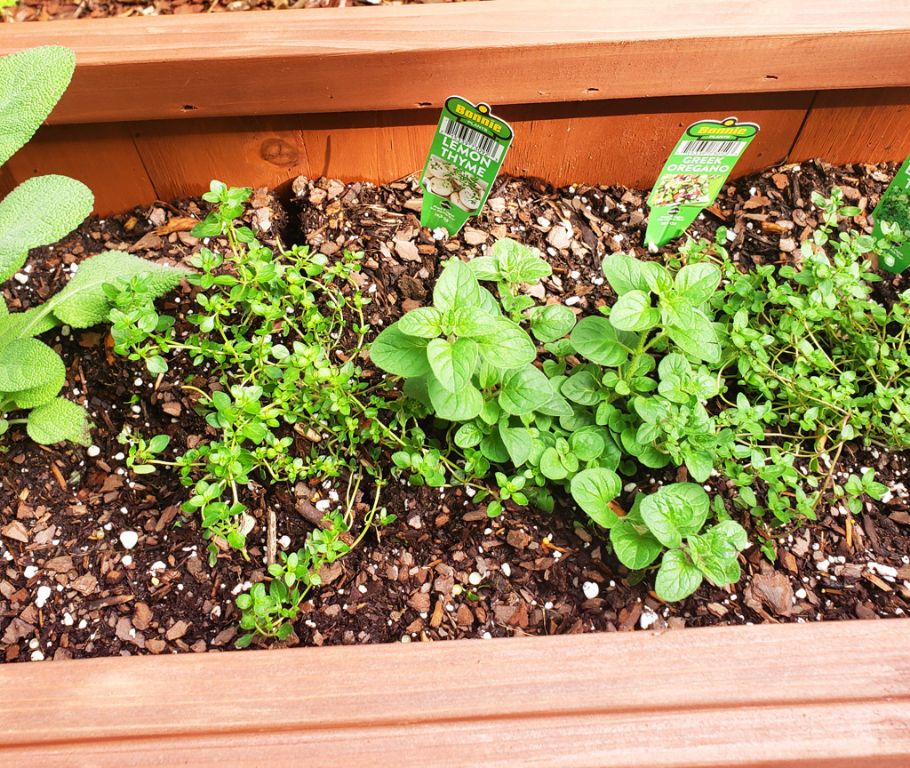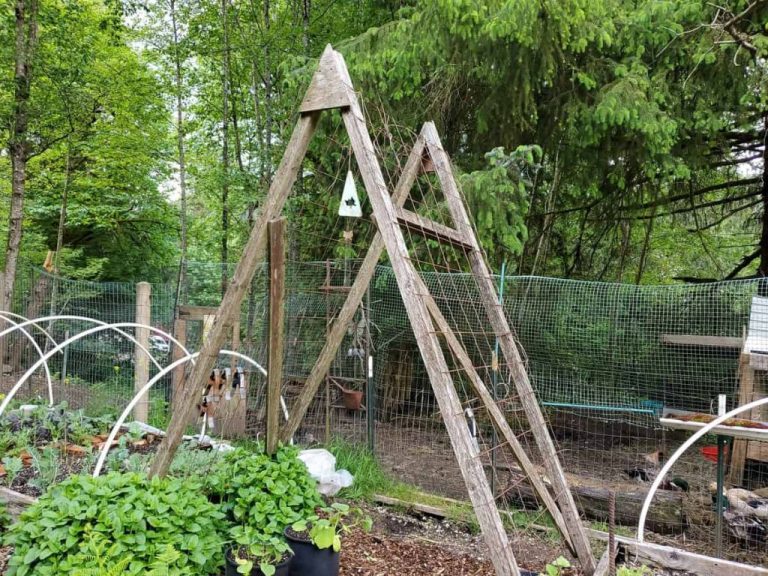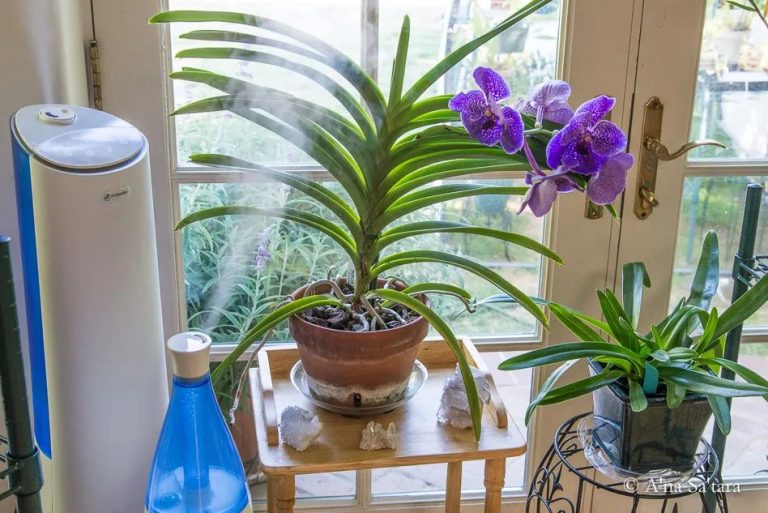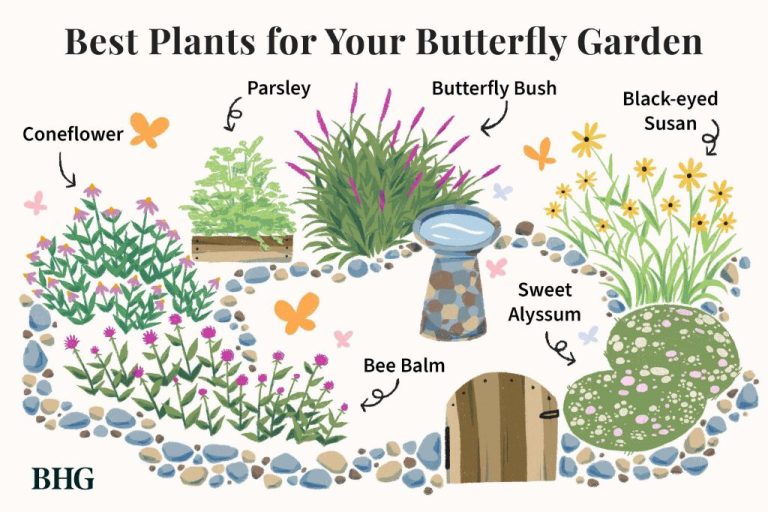Beginner’S Guide To Starting A Herb Garden
Growing your own herbs can provide many benefits beyond simply having fresh ingredients for cooking. Herb gardens allow you to save money by not having to purchase herbs from the grocery store (Source). They also let you experience the superior flavor of freshly picked herbs as opposed to dried herbs. Incorporating homegrown herbs into your cooking is an easy way to elevate the taste of your dishes. Herbs like basil, rosemary, thyme, parsley, and cilantro are very easy to grow, even for beginner gardeners. An herb garden allows you to have access to fresh herbs that can enhance soups, salads, pastas, pizza, vegetables, breads, and more. With just a little effort, you’ll be rewarded with delicious herbs that can transform everyday meals.
Deciding Where to Plant
When deciding where to plant your herb garden, the most important factor to consider is sunlight. Most culinary herbs like basil, oregano, thyme, rosemary, and sage need at least 6 hours of direct sunlight per day. Leafy herbs like parsley, cilantro, and dill can thrive with just 4 hours of sunlight (The Ultimate Guide to Growing Herbs).
You can grow an herb garden either outdoors or indoors. Outdoors, look for a spot that receives ample sunlight and is close to your kitchen for easy harvesting. Make sure the area has good drainage. For indoor herb gardens, place the containers near a sunny window. South-facing windows are ideal.
Herb gardens also grow well in containers. This allows you to move them around to capture sunlight. Use containers at least 6 inches deep with drainage holes. Place your herb containers near bright windows or outdoors in a sunny spot.
Choosing Which Herbs to Grow
Some of the most popular culinary herbs for home gardens include basil, parsley, oregano, thyme, rosemary, mint, chives, sage, and cilantro. These herbs are easy to grow, useful for cooking, and provide great flavor and aroma (https://www.gardendesign.com/edible/herbs-to-grow.html). Basil is perfect for making pesto, oregano enhances pizza and pasta, and thyme and rosemary add delicious depth to meat dishes. Fresh herbs like cilantro, parsley, chives and mint brighten up salads, sandwiches, dips and more with their vibrant flavors.
In addition to their culinary uses, many herbs also have medicinal benefits. For example, peppermint can aid digestion, chamomile has a calming effect, and oregano has antiviral and antibacterial properties. Basil is rich in antioxidants, while parsley helps cleanse the kidneys. Lemon balm has traditionally been used to reduce stress and anxiety. Growing medicinal herbs at home lets you easily harvest fresh ingredients to make healing teas, tinctures and remedies (https://www.bhg.com/gardening/vegetable/herbs/best-herbs-to-plant-together/).
When choosing which herbs to grow, consider your climate and growing conditions. Most culinary herbs grow best in full sun and well-draining soil. Container gardening is great for small spaces or growing tender herbs like basil indoors. Mint spreads vigorously and is best confined to a pot. Perennial herbs like thyme, oregano and rosemary are low maintenance once established. Cut back parsley and cilantro often to encourage regrowth. With proper care, your herb garden will thrive and provide a bountiful harvest.
Preparing the Soil

Proper soil preparation is crucial for growing a thriving herb garden. Herbs prefer loose, fertile, and well-draining soil to allow their roots to easily expand and absorb nutrients. Dense, compacted, or overly wet soil can lead to poor growth and increased issues with fungus or root rot.
To prepare soil for an in-ground herb garden, focus on improving drainage and incorporating organic matter like compost or manure. Break up any packed down areas and loosen the existing soil to a depth of 8-12 inches using a spade or tiller. Then mix in at least 2-3 inches of compost or other organic materials (1). The organic matter will enrich the soil with nutrients while creating a loose, crumbly texture.
For herb containers, use a commercial organic potting mix rather than garden soil. Potting mixes are sterile and lightweight, providing the drainage that herbs need. Look for a mix that contains compost, peat moss or coconut coir, and perlite or vermiculite (2).
Planting Your Herbs
The time to plant your herbs depends on whether you are starting them from seed or buying starter plants. If planting from seed, check the seed packet for the recommended planting time for your growing zone. Most herbs should be started indoors 4-6 weeks before the last frost date. If using starter plants, you can put them in the ground 1-2 weeks before the last frost when soil temperatures reach at least 55°F. Some herbs like parsley, cilantro, and dill can be direct sown in the garden once the soil has warmed up.
When planting your herb starts, dig a hole that is slightly larger than the plant’s root ball. Gently loosen any tangled roots before placing the plant in the hole. The top of the root ball should sit level with the surrounding soil. Fill in the hole, pressing the soil firmly around the plant to remove air pockets. Space plants 12-18 inches apart depending on mature size. Water thoroughly after planting.
You can also start many herbs from seed. Fill starter trays or pots with seed starting mix. Sow seeds at the depth recommended on the seed packet and cover lightly with soil. Gently water to moisten the soil. Place seed trays in a warm, sunny area and keep the soil moist. Most herbs will germinate within 7-21 days. Thin seedlings once they develop 2-4 true leaves. Grow on until ready to transplant according to the last frost date.
Proper planting techniques help ensure herbs get off to a strong start. Starting from transplants or sowing seeds at the right time for your climate allows herbs to establish before weather extremes. Maintaining proper spacing prevents overcrowding.
Caring for Your Herbs
Proper care is essential for your herb garden to thrive. Most herbs require full sun, so make sure to plant them where they will get 6-8 hours of direct sunlight per day according to Miracle Gro.
Herbs need consistent moisture, but take care not to overwater. Allow the soil to dry out between waterings, then provide a thorough soaking. Drought tolerant herbs like rosemary, thyme and oregano require less frequent watering than moisture lovers such as mint, parsley and basil. Mulching around plants helps retain soil moisture.
Apply a balanced organic fertilizer at planting time and once or twice during the growing season, especially for heavy feeding plants like basil. However, many popular herbs like thyme and oregano require very little additional feeding. Over-fertilization can negatively impact flavor.
Regular harvesting encourages new growth, but avoid cutting more than one-third of the plant at any one time. Pruning herbs regularly also promotes bushiness. Pinch 2-3 inches off stem tips to encourage branching and prevent leggy plants.
Troubleshooting Common Issues
Growing a healthy herb garden starts with prevention, but even the most diligent gardener may encounter some pests, diseases, or nutrient deficiencies. Being able to identify and address issues early is key.
Common insect pests include aphids, spider mites, and whiteflies. They can be controlled organically with horticultural oils or insecticidal soaps. For aphids, a strong spray of water can help knock them off plants. Removing affected leaves and pruning plants to improve air circulation also helps manage pests.
Diseases like powdery mildew, rust, and root rot are common in herbs. Avoiding wet foliage, watering at the base of plants, and pruning for better airflow can prevent many diseases. Organic fungicides with neem oil or sulfur may help treat some fungal diseases.
Nutrient deficiencies show as yellowing leaves, stunted growth, or poor flowering. Mixing compost into soil provides nutrients. Fish emulsion or seaweed extracts can also be used to supplement nutrients during the growing season.
Regularly inspecting plants, identifying issues early, and taking prompt organic action are the best ways to keep an herb garden healthy and productive.
Maximizing Growth
To get the most out of your herb garden, it’s important to maximize growth as much as possible. Here are some tips for encouraging your herbs to grow big and strong.
Propagating herbs by taking cuttings or dividing plants is an easy way to multiply your plants without having to purchase more. Take 3-6 inch cuttings from the tips of healthy stems, removing any flowers or buds. Place the cuttings in water or potting mix, keeping them moist until roots form. Once rooted, plant the new starts in pots or your garden. Dividing overgrown plants like mint, oregano, and chives will also give you more plants to grow. Carefully dig up the plant, separate it into pieces, and replant.
Pinching off any flowers as soon as they appear will promote leafy growth rather than the plant going to seed. You can also prune leggy growth by cutting stems back by one-third. This encourages branching and bushiness. Feed plants monthly with a balanced fertilizer, but avoid high-nitrogen fertilizers that promote excessive leaf growth.
Extend the growing season by starting plants indoors or in a cold frame 4-6 weeks before your last expected frost. Use row covers, cloches, or greenhouses to protect plants in early spring and late fall. Move potted herbs to a sunny spot indoors near a window to keep them going through winter.
(Source: https://www.gardenary.com/blog/the-ultimate-guide-to-growing-herbs)
Harvesting and Preserving
Knowing when to harvest your herbs is key to getting the most flavor and aroma. According to Penn State Extension (https://extension.psu.edu/growing-harvesting-and-preserving-herbs), most herbs should be harvested just before flowering, when the essential oils are most concentrated. Herbs like basil, mint, oregano, and thyme can be harvested multiple times in a season by cutting the top few inches of growth. Allow the plant to re-grow before harvesting again.
Proper storage is important for preserving flavors. NC State University (https://content.ces.ncsu.edu/harvesting-and-preserving-herbs-for-the-home-gardener) recommends first rinsing herbs and allowing them to fully dry before storage. Store delicate herbs like basil and parsley wrapped in paper towels in the refrigerator. Heartier herbs like rosemary and sage can be hung to dry.
Drying is one of the easiest ways to preserve herbs for future use. Simply hang herbs or place them on a drying rack in a cool, dry spot out of direct sunlight. Once fully dried, store in airtight containers. Freezing is another option—place cleaned herbs in ice cube trays with water or oil before freezing. Herbs can also be preserved by making flavored oils and vinegars.
Sample Herb Garden Plans
When designing a small herb garden, consider the herbs you want to grow and the amount of space you have. Here are some sample layouts to get you inspired:
Compact 4×4 Foot Garden
This compact herb garden is perfect for a small space (cite: https://www.sunset.com/garden/landscaping-design/herb-garden). Plant it with popular cooking herbs like:
- Basil
- Chives
- Oregano
- Parsley
- Thyme
Arrange the herbs in a geometric pattern for visual appeal. Leave a path in the middle for easy access.
Raised Bed Herb Garden
Try a raised bed for better drainage and ease of care. This layout includes culinary and ornamental herbs (cite: https://www.pinterest.com/gatesbecky1/herb-garden-layout/):
- Rosemary
- Mint
- Lavender
- Cilantro
- Dill
- Sage
Plant the taller herbs like dill and rosemary in the center. Surround them with lower-growing herbs for fullness.
Container Herb Garden
You don’t need a lot of space to grow herbs! Plant a selection of herbs like thyme, chives and parsley in containers near your kitchen.
Choose at least a 12-inch pot and use a quality potting mix. Move the containers as needed to get 6-8 hours of sunlight daily.
With some planning, even the smallest space can become a thriving herb garden!






